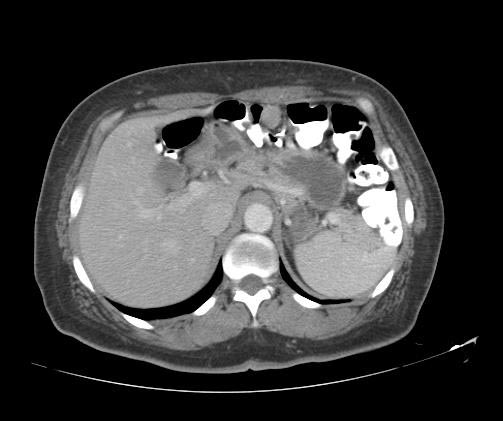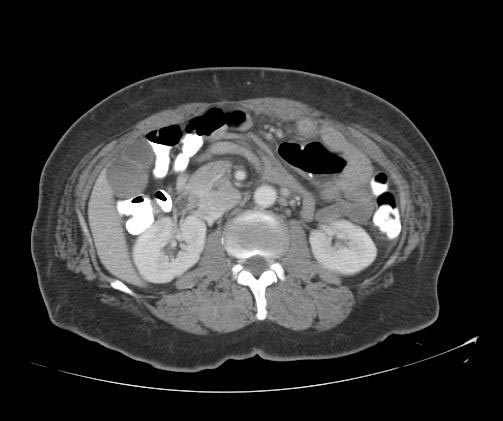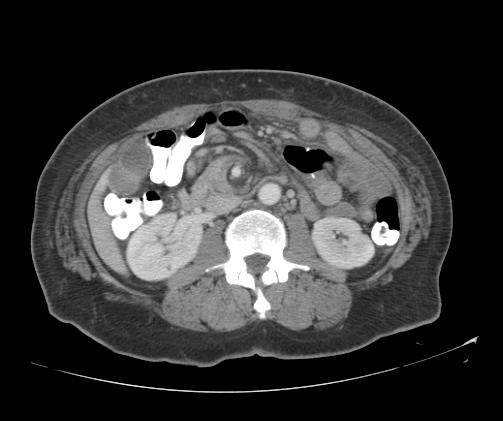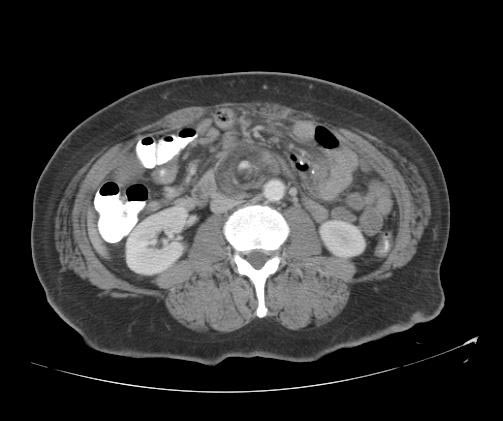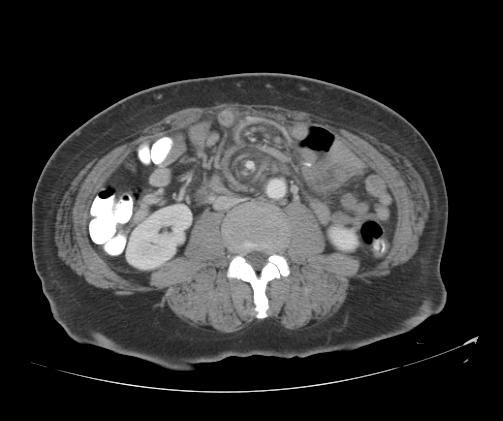Internal hernia
| Internal hernia | |
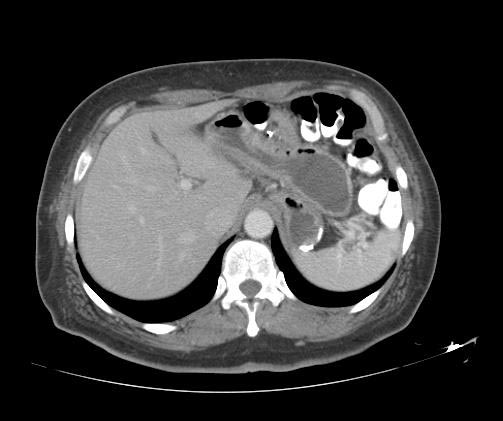 | |
|---|---|
| Computed Tomography: Internal hernia Image courtesy of RadsWiki |
|
WikiDoc Resources for Internal hernia |
|
Articles |
|---|
|
Most recent articles on Internal hernia Most cited articles on Internal hernia |
|
Media |
|
Powerpoint slides on Internal hernia |
|
Evidence Based Medicine |
|
Clinical Trials |
|
Ongoing Trials on Internal hernia at Clinical Trials.gov Trial results on Internal hernia Clinical Trials on Internal hernia at Google
|
|
Guidelines / Policies / Govt |
|
US National Guidelines Clearinghouse on Internal hernia NICE Guidance on Internal hernia
|
|
Books |
|
News |
|
Commentary |
|
Definitions |
|
Patient Resources / Community |
|
Patient resources on Internal hernia Discussion groups on Internal hernia Patient Handouts on Internal hernia Directions to Hospitals Treating Internal hernia Risk calculators and risk factors for Internal hernia
|
|
Healthcare Provider Resources |
|
Causes & Risk Factors for Internal hernia |
|
Continuing Medical Education (CME) |
|
International |
|
|
|
Business |
|
Experimental / Informatics |
Editor-In-Chief: C. Michael Gibson, M.S., M.D. [1]
Contributors: Cafer Zorkun M.D., PhD.
Overview
- Protrusion of the viscera through the peritoneum or mesentery and into a compartment in the abdominal cavity. [1] [2]
- Most common presentation is an acute intestinal obstruction of small bowel loops that develops through normal or abnormal apertures.
- Responsible hernial orifices are usually preexisting anatomic structures, such as foramina, recesses, and fossae.
- Pathologic defects of the mesentery and visceral peritoneum, which are caused by congenital mechanisms, surgery, trauma, inflammation, and circulation, are also potential herniation orifices.
Types of internal hernias
- Foramen of Winslow
- Paraduodenal
- Transmesenteric
- Transomental
- Pericecal
- Sigmoid mesocolon
- Supravesical
- Pelvic hernias
Diagnostic Findings
Computed Tomography
- Encapsulation of distended bowel loops with an abnormal location, arrangement or crowding of small-bowel loops within the hernial sac, evidence of obstruction with segmental dilatation and stasis.
- Mesenteric vessel abnormalities, with engorgement, crowding, twisting, and stretching of these vessels
Patient #1: Patient presents with intermittent abdominal pain. The patient had a history of gastric bypass
References
- ↑ Martin, Lucie C., Merkle, Elmar M., Thompson, William M. Review of Internal Hernias: Radiographic and Clinical Findings. Am. J. Roentgenol. 2006 186: 703-717.
- ↑ Nobuyuki Takeyama, Takehiko Gokan, Yoshimitsu Ohgiya, Shuichi Satoh, Takashi Hashizume, Kiyoshi Hataya, Hiroshi Kushiro, Makoto Nakanishi, Mitsuo Kusano, and Hirotsugu Munechika. CT of Internal Hernias. RadioGraphics 2005 25: 997-1015.
External Links
Template:Skin and subcutaneous tissue symptoms and signs Template:Nervous and musculoskeletal system symptoms and signs Template:Urinary system symptoms and signs Template:Cognition, perception, emotional state and behaviour symptoms and signs Template:Speech and voice symptoms and signs Template:General symptoms and signs
